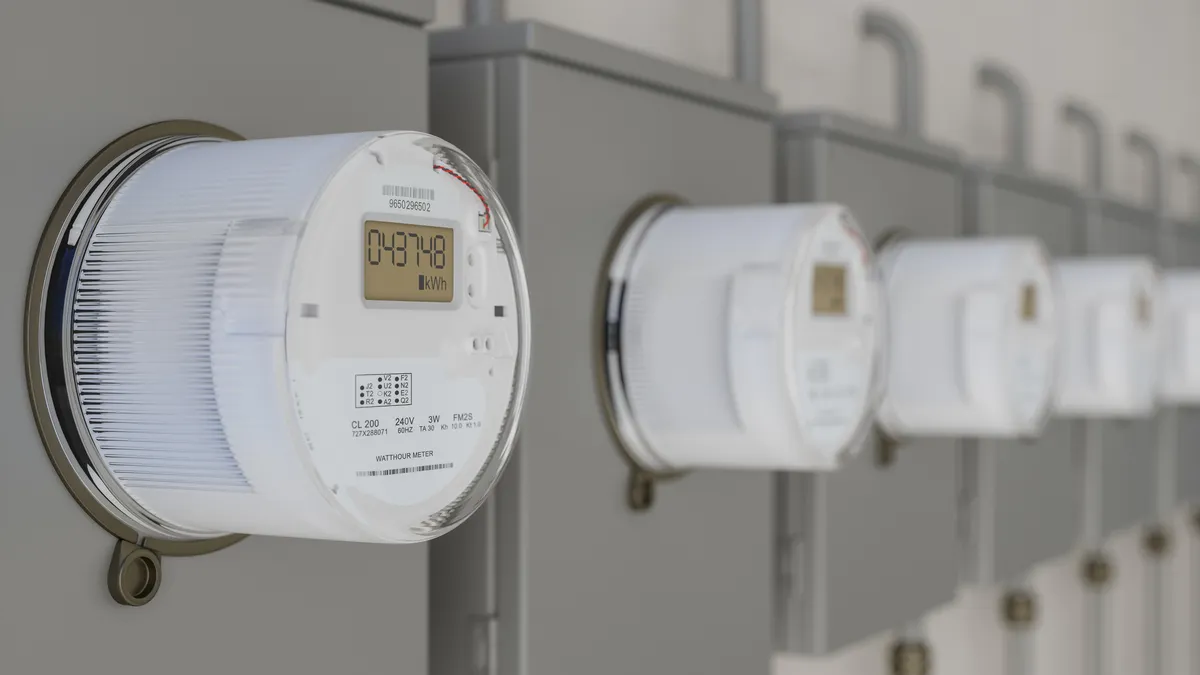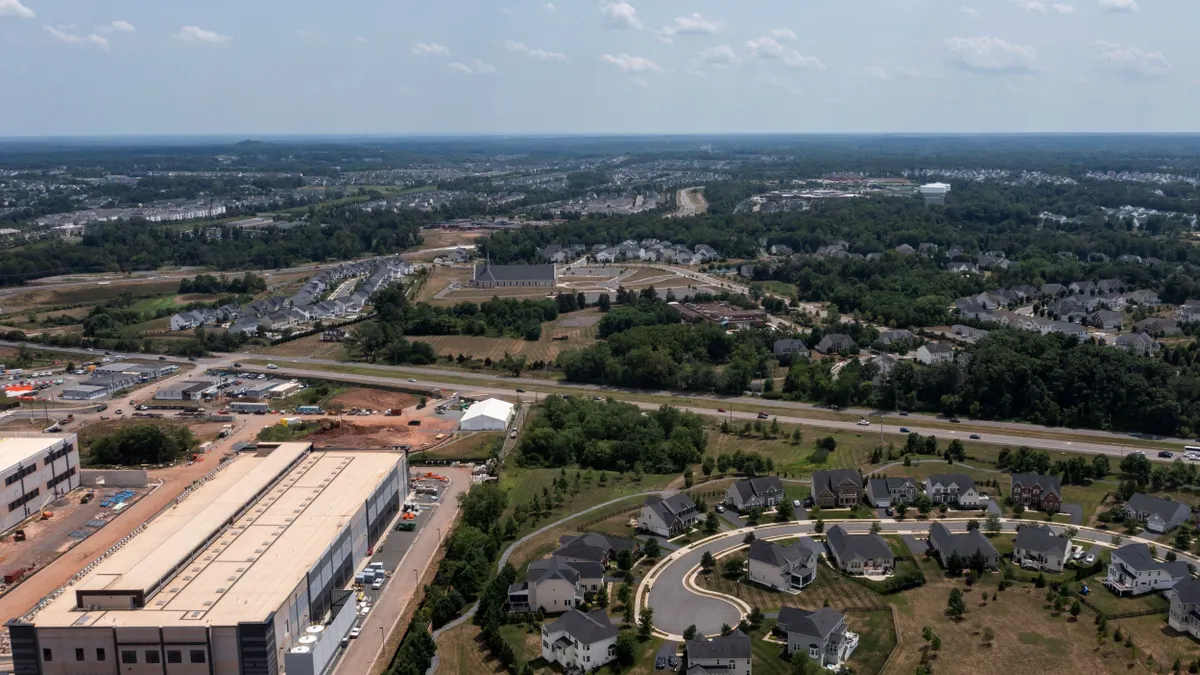The following is a contributed article by Tony Clark, a Senior Advisor at the law firm of Wilkinson Barker Knauer who previously served as a FERC Commissioner from 2012 to 2016.
Age may just be a number, to quote a popular saying, but the same can't be said for returns on equity (ROEs). Regulators, investors, analysts and consumer advocates all fixate on permitted ROEs. Although observers may not always look at how the ROE 'sausage' is made, everyone can see the outcome: a number.
Regulators walk a fine line between providing an adequate return to investors, given the risks involved, and protecting customers from excessive rates. Set ROEs too low and the policy implication is that capital will flow away from needed investments. Set it too high and capital is attracted, but perhaps at a cost that is higher than should be borne by customers. In practice, there is more than a little art in the science of getting ROEs right.
FERC's MISO decision
Enter the recent FERC decision related to MISO ROEs, which has raised concerns that the Commission may have missed the mark in such a way that investment in needed transmission projects will be negatively affected. It's the latest attempt by the Commission to address the fallout from a series of transmission ROE cases that have bounced around the Commission and the courts for the better part of this decade.
The net result of the order points to significantly lower ROEs on FERC jurisdictional transmission assets. Since tweaks in the ROE methodology for one region can have precedential impacts on the entire sector, any change in methodology will be extrapolated to other entities as investors begin applying the updated formula prospectively. Given the most recent FERC decision, as analysts began doing the math, there has been a growing crescendo of concern.
Putting aside predictable reactions (investors and asset owners naturally prefer higher ROEs if given the option, just as certain other groups prefer it vice versa), there does seem to be a degree of dissonance between today's real world of transmission ownership and the implications of the outcome of FERC's new ROE methodology. Transmission facilities, especially those requiring approval from multiple jurisdictions, are getting tougher to permit and build as opponents have sharpened their legal intervention tactics to defeat or delay projects. Wildfire risks have gained prominence in recent years. Non-transmission alternatives have won increased visibility at the state level.
Concurrently, there are ample examples of the need for transmission investment. Almost any future grid scenario that includes renewables will require more transmission. As states continue to expand the use of renewables in their utilities' portfolios, it is transmission that often helps ameliorate the intermittency, variability and geographical limitations that arise. Similarly, needed transmission investments can deliver customer value by enhancing outcomes related to reliability and grid resilience.
Policy misalignment
The result of FERC's shift in ROE methodology is counterintuitive. On one hand, many signs point to the need for more transmission during a time when it is tougher than ever to build and operate it. On the other hand, the returns authorized to attract capital investment in these same projects look to be decreasing. Taken as a whole, this seems like a significant policy misalignment.
In saying this, I cast no stones. FERC has an exceedingly tough job in trying to balance policy realities with the supposedly sterile business of ROE setting. My own tenure as a Commissioner at FERC overlapped with many of the cases that are at the heart of this dispute, and in the nearly four-and-a-half-years I was there, we were not able to bring successful closure to these long-litigated proceedings.
Among the most difficult realities that Commissioners confront is attempting to tweak methodologies that are broadly impactful, while being decided within the confines of a single litigated proceeding. It is no easy feat. Although FERC has the power to conduct investigations on its own motion, it also must adjudicate disputes brought to it on complaint, even if the complaint proceeding may not provide the ideal context for making new policy. Commissioners are tasked with deciding on a very specific record, but with the understanding that decision will be applied to a set of companies and situations that are not within the record before them.
Further complicating the job, unlike a rulemaking, where the Commission can avail itself of a more free-flowing conversation with a broad array of stakeholder groups, in a litigated proceeding, rules against ex parte communications make it difficult for Commissioners and staff to get the sort of stakeholder feedback that would provide them greater awareness of the potential advantages and pitfalls to various ROE methodology tweaks. As a decisionmaker, you're hoping you hit the right target when you tweak established methodologies, but you often lack the data points you need to improve your accuracy.
Requests for re-hearing are one way to address issues of broad concern that only become apparent after the release of an order, and in the instant case, that may be the only remedy available. But in the longer term, FERC transmission ROE methodology, as well as its transmission incentive policies are ripe for a thorough and transparent review.
Transmission rate policies are important to the future of the grid and cratering ROEs threaten the sort of grid investments that attract bipartisan support. Decisions in one case may have unintended consequences in others. The regulated community, stakeholders and the Commission itself would be well served by a process that allows for a greater flow of information outside of adversarial ROE proceedings, which would decrease the chance that any party — including the Commission and its staff — will be surprised by reactions to decisions made within the confined record of a litigated regulatory proceeding.



















